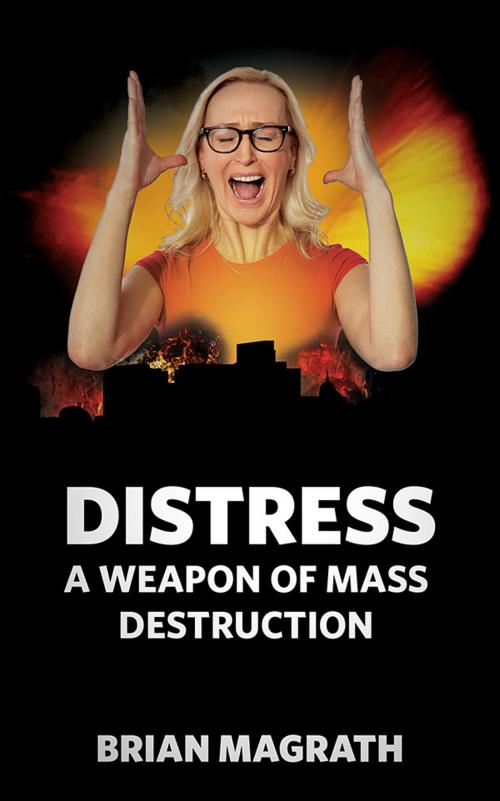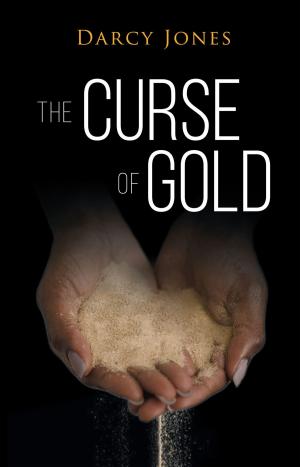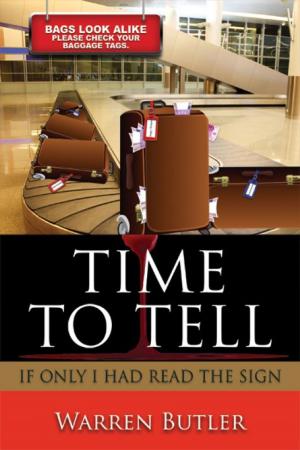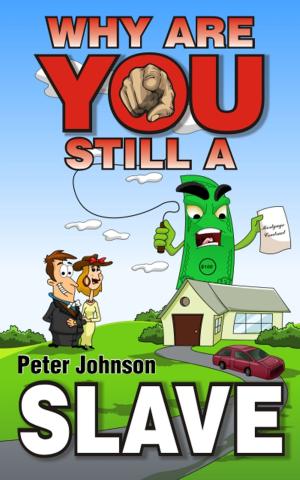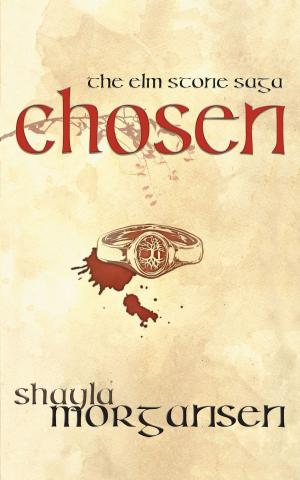| Author: | Brian Magrath | ISBN: | 9781742844251 |
| Publisher: | ReadOnTime BV | Publication: | March 7, 2014 |
| Imprint: | Smashwords Edition | Language: | English |
| Author: | Brian Magrath |
| ISBN: | 9781742844251 |
| Publisher: | ReadOnTime BV |
| Publication: | March 7, 2014 |
| Imprint: | Smashwords Edition |
| Language: | English |
The title of this book, “DISTRESS – A WEAPON OF MASS DESTRUCTION” is aptly and accurately named, simply because the Incoming Distresses of an individual’s life have the capability to become stress, and in that form carry the potential for serious human disorders, physical and mental. But the book is definitely not a medical or therapeutic manual; it is intended for those people who are well and want to remain so, despite the increasing amounts of incoming distress in most peoples’ lives. Readers will find easy to follow descriptions of the techniques the author uses in leading “Good Health Groups” in Australia. The Distress Defence Principles are not the basis for any religious, spiritual or sectarian group. They simply form a philosophy or way of life which anyone can use to capture a good life for them. Because of the difficulties in identifying individual stress, there have been very few studies that have evaluated the connections between incoming distress, stress and serious diseases, and it is true that Magrath’s ideas are just theories; yet they seem to be very effective, not only as they were used for several years as therapy for many people already suffering from a stressinduced disorder, but more importantly for those people who wish to remain healthy and free of illness. In producing studies in the early part of this century, which looked at Parkinsonism, Magrath discovered that his theories concerning the relationship between Incoming Distress and stress-related disorders, appeared to have reason and sense, which in turn pointed to the obvious conclusion; “…why not treat the undefended distress first, then medicate whatever remains” If these ideas are sensible, logical and accurate, then this book should be read by every recruit to the armed services, police forces, medical services, teaching staff, legal and media personnel, all of whom are likely to meet severe issues of serious Incoming Distress in the course of their work, and for whom a strong personal defence would seriously reduce the numbers of such people who are taking stress leave from their jobs. The book offers a belief that whilst science is discovering the role played by changes to the nanoscopic parts of human bodies in creating unwellness, and seeks drugs to reverse those changes, bodies know what they are doing and in general will do it well; but if they are slugged by Incoming Distresses, and the need to react to them, ordinary maintenance and repair might have to take a back seat, creating the conditions for chaotic responses. That is the key. These philosophic principles are a way of life, which, once adopted, permit any other form of human belief to be accepted and held by the individual. The author believes that if the individual has the ability to shield themselves from incoming distress-potential, then personal wellness, balance, health and happiness will comfortably be the outcome, and that these philosophies and protocols, properly acquired and used, offer anyone using them, a way of life which can achieve a higher level of happiness in the individual, in a manner which is safe, systematic, efficient and economic. Recently published studies are beginning a trend to substantiate the ideas that this book describes, and this defence methodology is a valuable tool to prevent Incoming Distress from becoming a “weapon of mass destruction”.
The title of this book, “DISTRESS – A WEAPON OF MASS DESTRUCTION” is aptly and accurately named, simply because the Incoming Distresses of an individual’s life have the capability to become stress, and in that form carry the potential for serious human disorders, physical and mental. But the book is definitely not a medical or therapeutic manual; it is intended for those people who are well and want to remain so, despite the increasing amounts of incoming distress in most peoples’ lives. Readers will find easy to follow descriptions of the techniques the author uses in leading “Good Health Groups” in Australia. The Distress Defence Principles are not the basis for any religious, spiritual or sectarian group. They simply form a philosophy or way of life which anyone can use to capture a good life for them. Because of the difficulties in identifying individual stress, there have been very few studies that have evaluated the connections between incoming distress, stress and serious diseases, and it is true that Magrath’s ideas are just theories; yet they seem to be very effective, not only as they were used for several years as therapy for many people already suffering from a stressinduced disorder, but more importantly for those people who wish to remain healthy and free of illness. In producing studies in the early part of this century, which looked at Parkinsonism, Magrath discovered that his theories concerning the relationship between Incoming Distress and stress-related disorders, appeared to have reason and sense, which in turn pointed to the obvious conclusion; “…why not treat the undefended distress first, then medicate whatever remains” If these ideas are sensible, logical and accurate, then this book should be read by every recruit to the armed services, police forces, medical services, teaching staff, legal and media personnel, all of whom are likely to meet severe issues of serious Incoming Distress in the course of their work, and for whom a strong personal defence would seriously reduce the numbers of such people who are taking stress leave from their jobs. The book offers a belief that whilst science is discovering the role played by changes to the nanoscopic parts of human bodies in creating unwellness, and seeks drugs to reverse those changes, bodies know what they are doing and in general will do it well; but if they are slugged by Incoming Distresses, and the need to react to them, ordinary maintenance and repair might have to take a back seat, creating the conditions for chaotic responses. That is the key. These philosophic principles are a way of life, which, once adopted, permit any other form of human belief to be accepted and held by the individual. The author believes that if the individual has the ability to shield themselves from incoming distress-potential, then personal wellness, balance, health and happiness will comfortably be the outcome, and that these philosophies and protocols, properly acquired and used, offer anyone using them, a way of life which can achieve a higher level of happiness in the individual, in a manner which is safe, systematic, efficient and economic. Recently published studies are beginning a trend to substantiate the ideas that this book describes, and this defence methodology is a valuable tool to prevent Incoming Distress from becoming a “weapon of mass destruction”.
